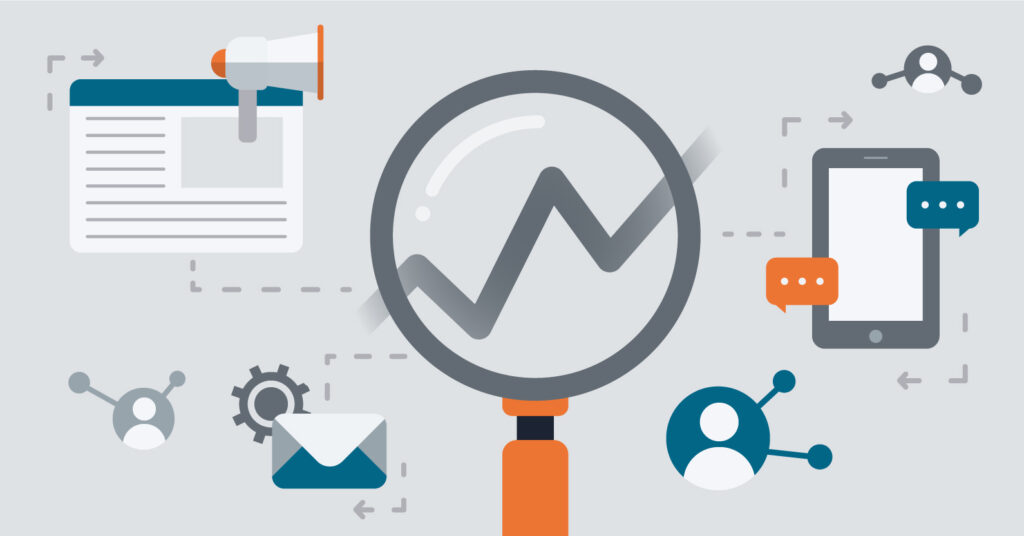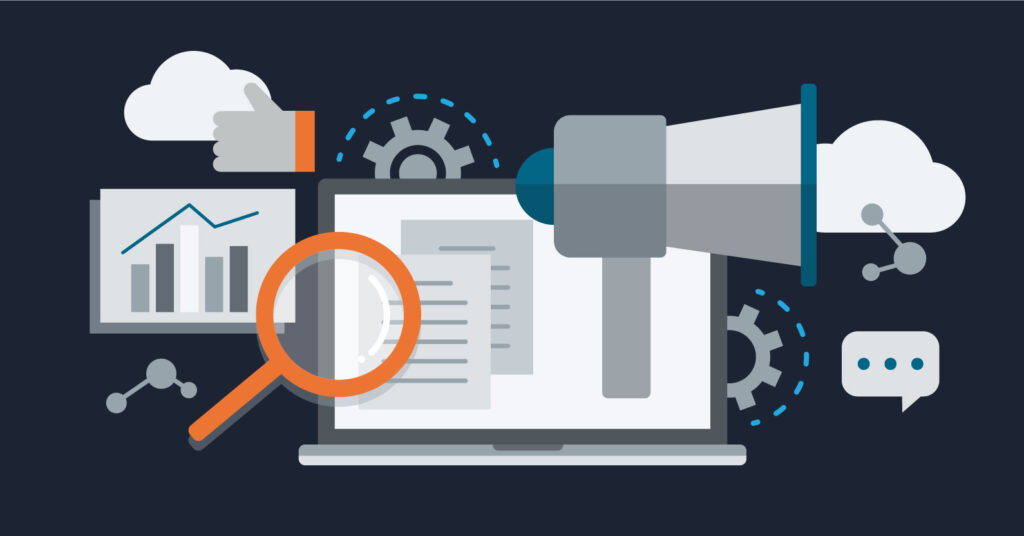5 First-Rate Email Tips to Deepen the Relationship With Your Customers
October 2, 2018When Optimove acquired DynamicMail (the company I worked for), I was super excited. I really believed it was a great fit for the company. When two businesses have different offerings, yet share the same tagline – deliver the right message to the right person at the right time – they are sure to produce great things.
But what I initially loved most about Optimove—and deeply connected to—was its commitment to helping marketers deepen the emotional relationship with their audience. I’ve learned over the years that a strong relationship is the basis of a good email campaign. The more relevant an email is to the user, the higher the open and click rates. Building these relationships with your customers will not only help increase their engagement (resulting in a rise in sales), it will also help generate brand ambassadors.
So, to deepen my relationship with our community, I want to share 5 great email tips to help you and your users form a meaningful, mutually beneficial relationship.
1. Start with the basics – how often are you emailing your customers?
We’ve all had days when we open our inbox and see four emails from the same brand. When I see a brand clog up my inbox, I can’t help but wonder “what on earth are they thinking?” Last week, after experiencing this very nuisance, I snapped.
In that moment, I hunted for the unsubscribe button. I filled out the form with a feeling of glee and satisfaction, but I also harbored negative feelings after the act. Even though I know they didn’t mean to annoy me, I felt that they weren’t thinking about their customer enough, about me as a user. My advice? Whenever possible, think like a user. Would you want to receive so many emails in such a short time span?
This type of consideration can ensure that you are actively working on your relationship with the customer. Using automated rules and segments can help you take this step. For example, if you sent out a birthday note, there is no need for them to receive the weekly promotion as well. Using automation, you can dictate that a user who received an email during the current week will not receive another email on the same subject, or that a user who received the birthday note will not receive a promotional email a few hours later.
2. Do what you say you will
Recently, we began working with a client who placed product blocks in their email campaigns. Each block had an image, name, and price. When the user clicked on the box, however, the action directed them to the category page rather than the product page. To me, this felt like false advertising. The user saw a product and was interested enough to click on it, but instead of giving them what they wanted, the brand redirected them to a completely different page. Take a minute to think about all the links you publish – do they all connect to the content you promised? If you haven’t been mindful of this, now is the time to start. Building trust with customers takes time, but with an increase in trust comes an increase in open rates, engagement, and loyalty.
3. Personalize the email – and there are many options
It feels like personalization has been ‘one of marketing’s biggest trends’ for over a decade. Personalization started as a small concept, just adding the user’s name to the email. As time went by, the options for personalization have evolved tremendously. From the users’ name to their loyalty points on demand, to what type of content they want and should be seeing, everything can be personalized. True, you can always tell your customers how to find your closest branch, but wouldn’t it be better if you automatically showed them the closest store? In every section of your email, consider how you can take it a step further and personalize, personalize, personalize.
4. Contextual clues and behavioral triggers
Contextual clues and behavioral triggers come hand-in-hand with personalization. Instead of deciding ahead of time what to show your customers, let them “pick” their own content. By using information that you’ve gathered when they open their email, you can determine what users want to read. For example, you can use contextual clues to determine which assets to show based on the email capabilities – iOS users get a full video, while Outlook users see a single image. Behavioral triggers are even more exciting. If the user hasn’t purchased anything in over 60 days, you can give them a reason to come back based on their previous purchases or sales within their geographical location. If your customers left your site without checking out, you can show them what they left behind the next time they open their inbox. Using these clues and triggers, you show users that the email was tailored specifically to them, turning your emails into ‘must-reads!’
5. Realtime content
More than ever, users expect a lot from your marketing efforts. The offers within an email need to be enticing and dynamic in realtime. If your email advertises a fantastic deal, but it suddenly isn’t valid when the user clicks onto your site, you can forget about that customer opening your emails again. Make sure the content in your emails is updating in realtime as soon as the users open the email to ensure that you won’t disappoint your customers, and that clicks will lead to conversions rather than another disgruntled customer. Can you imagine the excitement on a customer’s face when they open your email and see “15% OFF, and we’re only 0.6 miles away from you”? Using up to date content creates a unique and exciting email experience for each customer. Likewise, if a user opens your email and sees his coveted item on sale only to click and see it is out of stock, their frustration will have a tremendous effect on whether they continue using your brand.
These 5 tips are just the beginning. As Optimove and DynamicMail continue to grow together, the benefits of cutting-edge marketing technology and love for visionary email tools will help our clients take their email marketing to the next level. Stay tuned for our future blog on updating your welcome stream, birthday emails, and weekly promotion emails.


